For your application - it’s not possible to have such a diode without qualifications (unrestricted use), since they require power to operate, being active devices, and it’s not possible to get power out of a “resistor” that has 0V across its terminals.
It is possible to create approximations, though.
If the diode is expected to be periodically connected in reverse, you can use the reverse voltage and a boost converter to charge a low-leakage capacitor. The voltage on the capacitor would hold a mosfet turned on for a long time - perhaps days at room temperature. The mosfet’s body diode should act as a backup. A conducting low-RDS(ON) mosfet does a good job approximating a forward biased ideal diode.
Pursuing this idea further, another option opens if it’s possible for the diode to be non-ideal for a short time periodically, e.g. once in a few hours. These short periods of non-ideal behavior would be used to capture the diode drop voltage and use it to charge the gate capacitor using a step-up converter - a joule thief of sorts. There would need to be some reasonable forward current available to do this of course. Two forward diode drops will be plenty to run a boost converter to recharge a capacitor. One diode drop will make it less efficient but still possible. Once the capacitor is charged enough, the converter will turn off and the mosfet will turn back on.
Combining the two ideas, you can get a two-terminal diode that in certain operation regimes and certain load impedances will remain ideal either continuously or for the vast majority of the operating time. The nano power circuitry needed to switch between states would be an interesting challenge for sure. Low voltage CMOS gates (74 family) can be operated sub-threshold to manage that. With parts specified for 1.8V operation, 0.7V is not too hard, as the currents are still in the micro amps, so already a lot for this application.
In short: why do you care how many terminals you got? It’s not like you don’t have a power source available! It’ll make it miles easier. There are ideal diode controllers you can use directly then. So it’s an interesting challenge and a wonderful kludge to design into a one-off hobby project, but not suitable for production.

